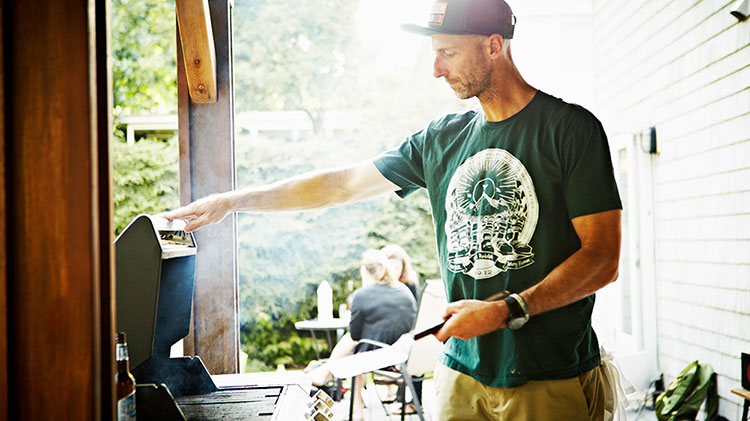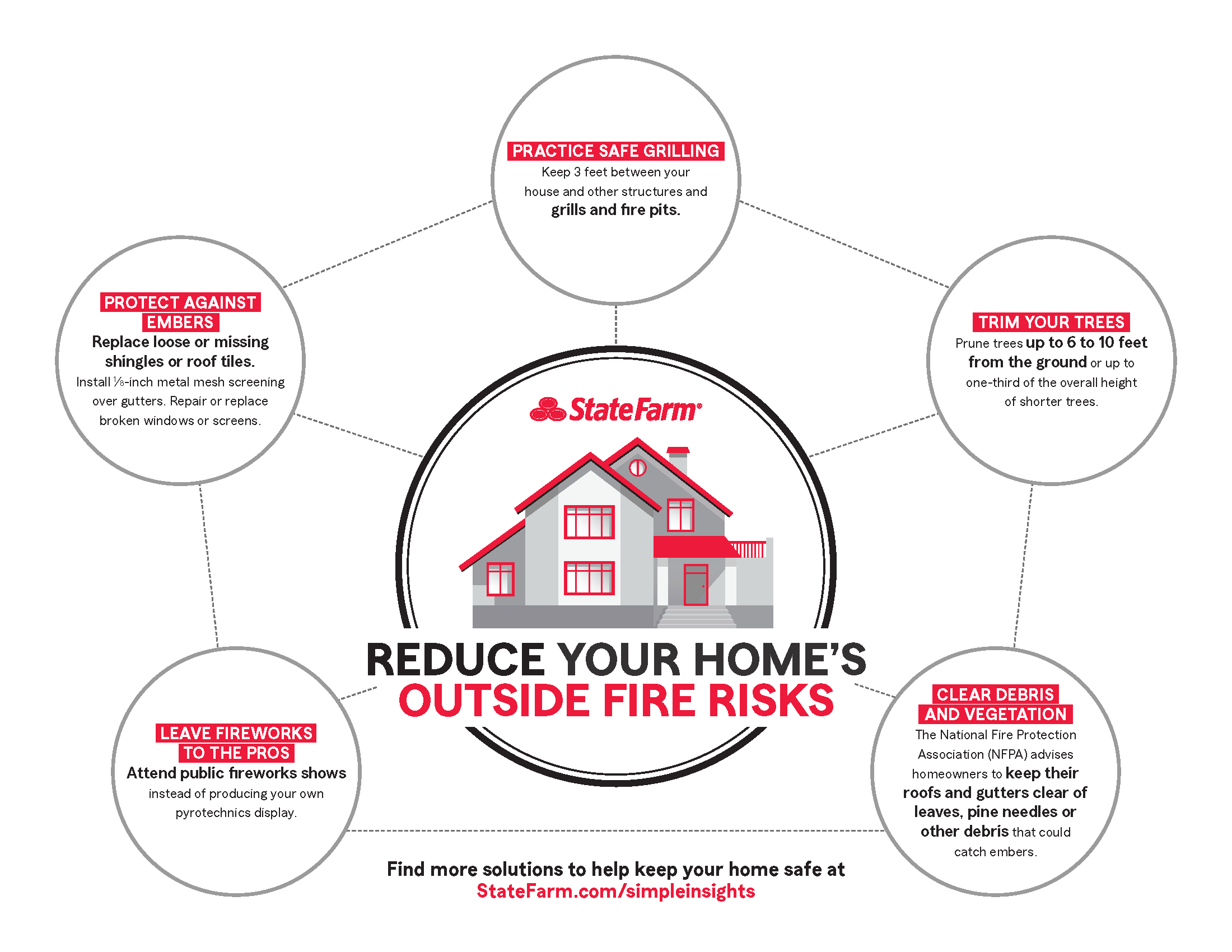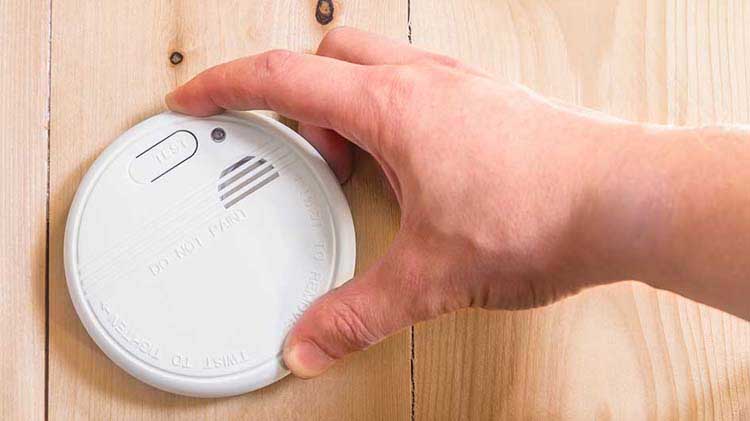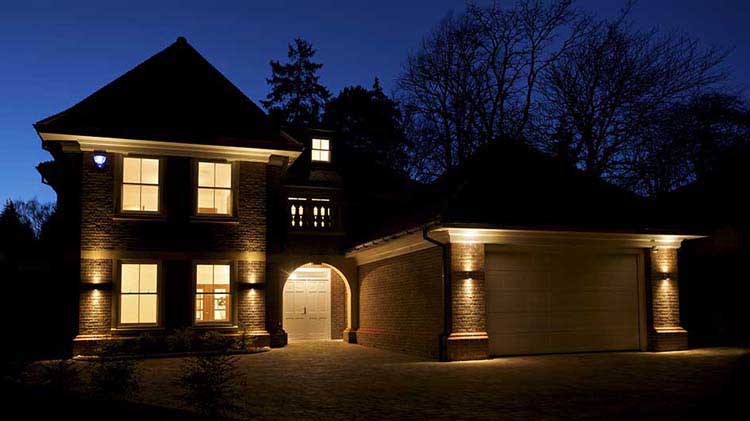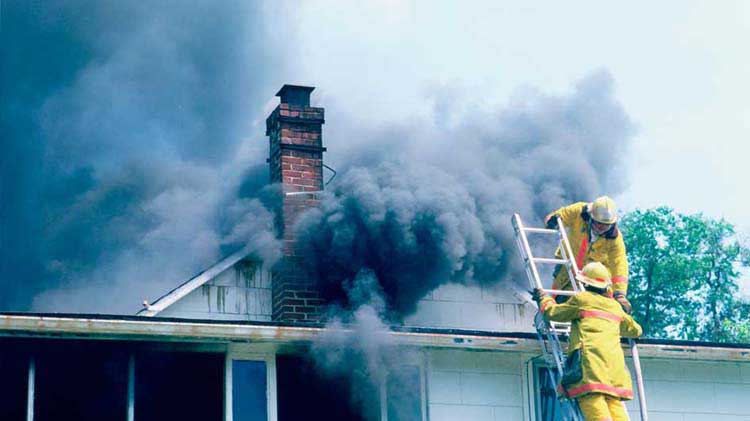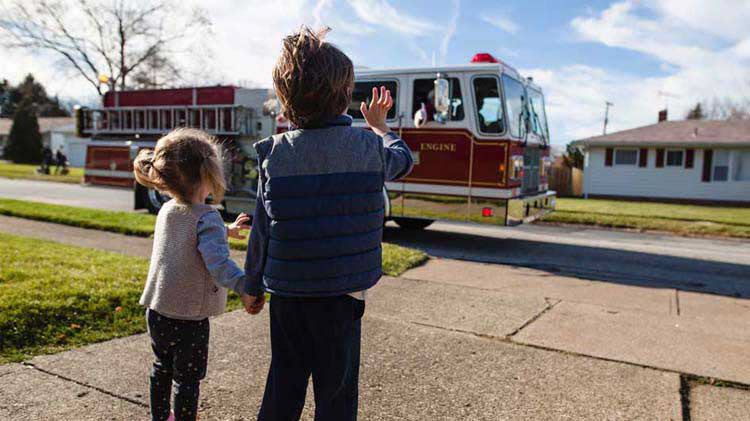How you can reduce outside home fire hazards
Simple maintenance and good practices can make the outside of your home more fire resistant.
When most people hear the words "fire safety," they probably think of in-home smoke detectors, fire extinguishers and sprinkler systems. But fire resistant exterior protection can be just as important to help minimize the risks of starting or spreading fires in homes. Fortunately, there are some doable, concrete steps every homeowner can take to decrease the risk of fire hazards outside. Here's what to do.
Practice safe grilling
The Federal Emergency Management Agency (FEMA) recommends keeping grills and fire pits at least three feet away from houses and from anything else that can burn. In addition, never leave an in-use grill or fire pit unattended. Fully douse any flames with water, or cover with sand, until completely cool.
Leave fireworks to the pros
Each year, hospitals treat over 9,000 injuries resulting from fireworks. Even in states where fireworks are legal, FEMA suggests attending public fireworks shows instead of producing your own pyrotechnics display. The sparks from at-home fireworks can burn as hot as 2000º, leading to risk of burns or embers landing on your home or other structures.
Keep your home clear of debris and vegetation
Fire can spread to a home from dead branches, dried leaves or even mulch. The National Fire Protection Association (NFPA) advises homeowners to keep their roofs and gutters clear of leaves, pine needles or other debris that could catch embers. Also, anything that can burn (including flammable plants, mulch and firewood piles) should be moved away from exterior walls. And keep lawns trimmed to four inches to prevent the potential spread of fire.
Trim your trees
The NFPA advises pruning trees up to six to ten feet from the ground (or up to one-third of the overall height of shorter trees) to prevent surface fires from reaching the crowns. Trees should be planted so that mature canopies are at least 10 feet away from the home structure, too.
Protect against embers
Hot embers can make their way into a home through tiny nooks and crannies. Once they've lodged themselves in an attic or floated through a window, they can set the entire structure ablaze. To keep embers out of the house, replace any loose or missing shingles or roof tiles, install noncombustible leaf and debris guards over gutters constructed of noncombustible materials and repair or replace any broken windows or screens.
